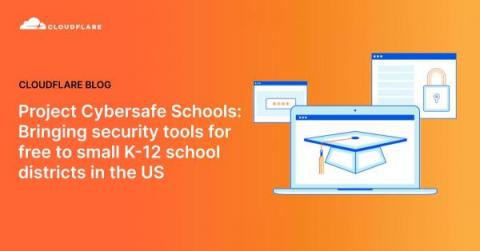5 tips to supercharge app security from code to cloud
As the partnership between Snyk and GitGuardian continues to grow, we’ve collaborated on a new cheat sheet that identifies key security considerations and tools that can help you mitigate risks and protect your code. The journey from code to cloud and back to code necessitates a holistic approach to security.











